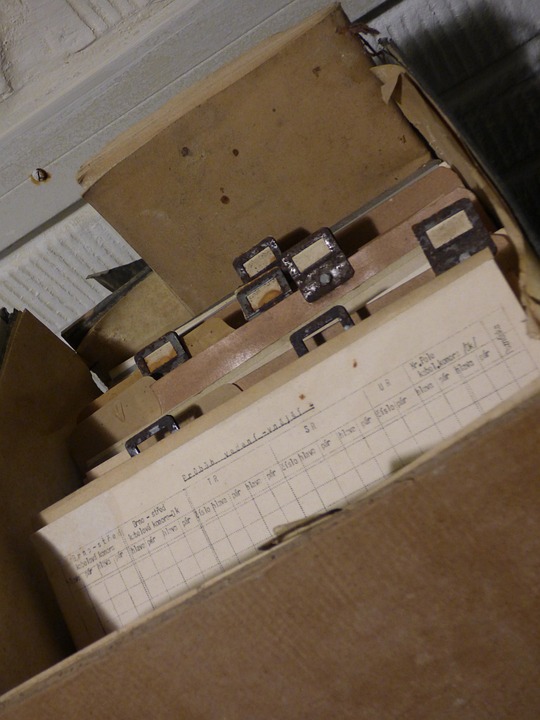The Importance of Digital Preservation
In today’s fast-paced digital world, the need for preserving valuable historical and cultural artifacts has become more important than ever. As technology continues to evolve, so do the ways in which we store and access information. By digitizing archival treasures, we can ensure that future generations have access to these important pieces of our history.
Preserving Rekshino’s Archival Treasures
Rekshino, a small town with a rich cultural heritage, is home to a treasure trove of archival materials that date back centuries. From ancient manuscripts and documents to photographs and artifacts, these items provide a unique window into the town’s past.
In order to preserve these invaluable treasures for future generations, the decision was made to digitize them. This process involves converting physical materials into digital formats so that they can be easily accessed and preserved for years to come.
The Process of Digitization
Digitizing archival materials is a meticulous and time-consuming process that requires specialized equipment and expertise. The first step in the digitization process is to carefully assess each item and determine the best method for digitizing it. This may involve scanning documents or photographs, creating digital renderings of artifacts, or converting audio or video recordings into digital files.
Once the items have been digitized, they are typically stored in secure digital repositories that are equipped with backup systems to ensure their long-term preservation. These repositories also provide access controls to protect the materials from unauthorized use or damage.
Challenges of Digital Preservation
While digitizing archival treasures offers many benefits, there are also challenges that must be overcome. One of the biggest challenges is the sheer volume of materials that need to be digitized. In the case of Rekshino’s archival treasures, this is particularly true due to the town’s rich history and the diverse range of materials that need to be preserved.
Another challenge is ensuring the long-term sustainability of digital repositories. Technology is constantly evolving, and digital formats can become obsolete over time. It is essential to regularly update and migrate digital files to ensure their continued accessibility.
Benefits of Digital Preservation
Despite these challenges, the benefits of digitizing archival treasures far outweigh the risks. By digitizing these materials, we can ensure their preservation for future generations and make them accessible to a wider audience. Digital formats also allow for easier storage and distribution of materials, making it easier for researchers and scholars to study and analyze them.
Digital preservation also helps to protect materials from physical damage or loss. By creating digital backups of valuable artifacts, we can ensure that they are not lost due to fire, theft, or natural disasters.
In addition, digitization allows for the creation of enriched digital surrogates that can enhance the accessibility and understanding of archival materials. For example, digital photographs can be easily manipulated and enhanced, while digital documents can be transcribed and translated into multiple languages.
Bringing Rekshino’s History to Life
The digitization of Rekshino’s archival treasures has brought the town’s history to life in ways that were not possible before. By making these materials accessible in digital formats, researchers and scholars can study them in greater detail and share their findings with a wider audience.
In addition, digitization has allowed for the creation of interactive exhibits and online databases that showcase Rekshino’s rich cultural heritage. These digital platforms not only preserve the town’s history but also make it more accessible and engaging for visitors and residents alike.
Looking to the Future
As technology continues to advance, the field of digital preservation will undoubtedly evolve as well. New methods and techniques will be developed to ensure the long-term sustainability of digital archives, protect them from technological obsolescence, and enhance their accessibility and usability.
For Rekshino and other communities with valuable archival treasures, the future looks bright. By embracing digital preservation and investing in the digitization of their materials, they can ensure that their history and culture will be preserved for generations to come.





